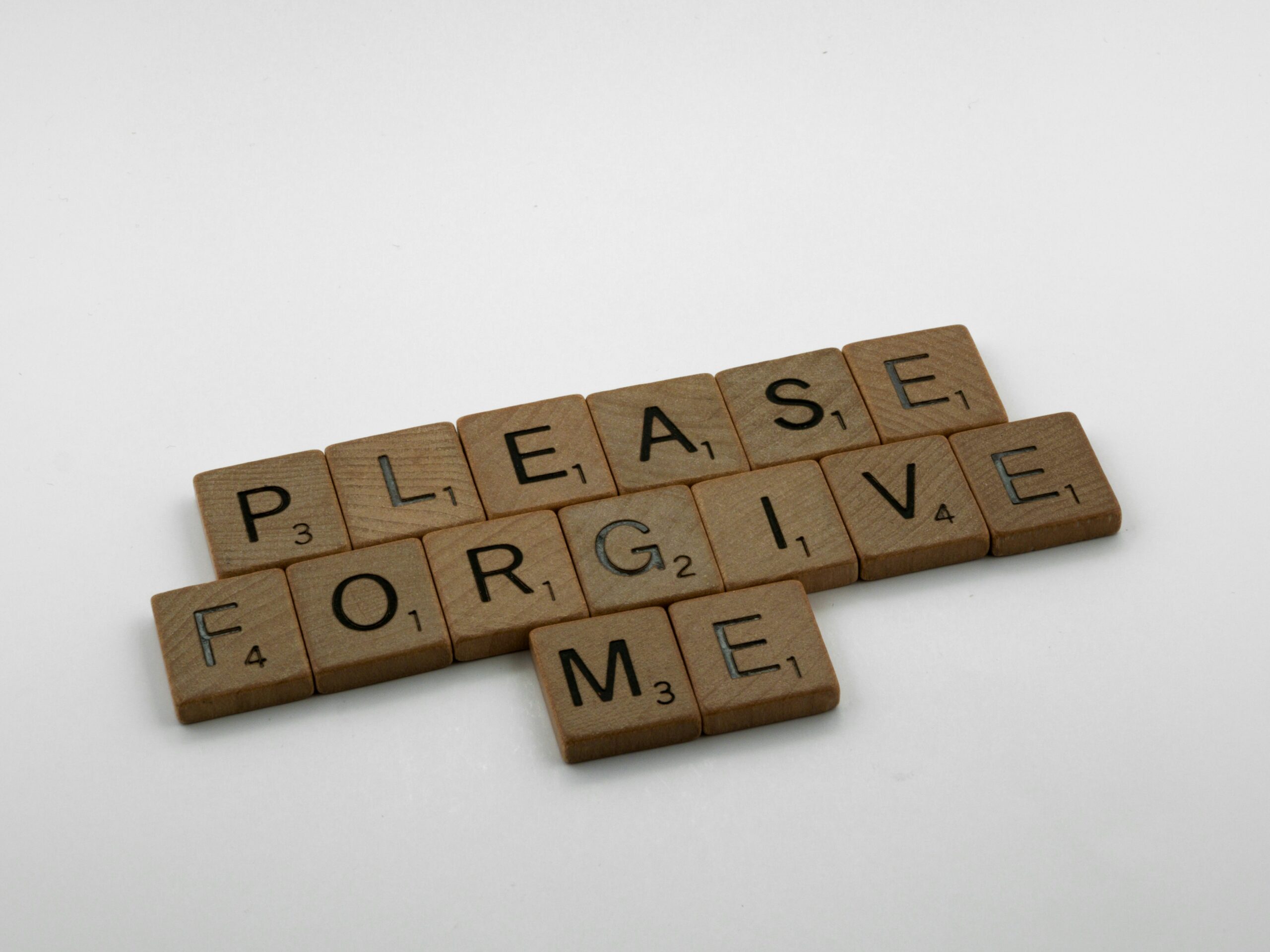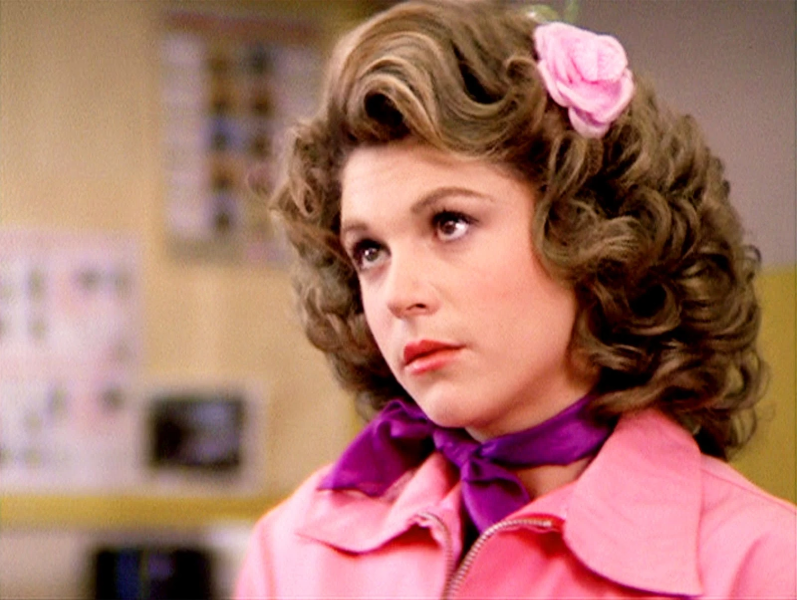Decisiveness is the fourth of the five pillars in my upcoming book, The Empathy Dilemma: How Success Leaders Balance Performance, People, and Personal Boundaries.
What are the Five Pillars of Effective Empathetic Leadership?
These are common traits and behaviors seen over and over again in the successful empathetic leaders I interview, speak to, and advise. Even those who truly are empathetic, but don’t label themselves as such! The 5 pillars are a result of hundreds of podcast interviews, research, and data and are common threads across all those who are empathetic and high performing.
Let’s dig into the fourth one: Decisiveness
What Is Decisiveness? Taking thoughtful but swift action that doesn’t leave people hanging, addressing issues before they fester, synthesizing input and perspectives to make timely choices, and practicing radical and kind honesty.
Why Is Decisiveness Important? Keeping people in limbo is one of the least empathetic things a leader can do. It can feel risky to commit to decisions quickly, but dragging your feet to avoid hurt feelings will only erode trust. Addressing choices, performance issues, action plans, and pending questions as soon as possible is the most compassionate way to operate. Doing this shows your team members that you are paying attention and want them to know what to expect. It helps them fully understand what’s happening around them. Decisiveness helps leaders maintain team momentum, cultivate trust, and build a culture of open and consistent honesty.
Most empathetic leaders strive to hear and implement input from all their people. But sometimes endlessly soliciting everyone’s feedback for unanimous agreement can drive your team mad.
I share a story in the book about a brand story client I had way back when. The team was paralyzed and frustrated because the CEO would simply not make an important decision about distribution priority, which impacted who our brand story needed to primarily speak to and attract. In the name of wanting to solicit all perspectives, the CEO dragged his feet on making the decisions and by this point, the team was like, “Can we just decide and move forward already?!”
There is no one perfect decision that will please everyone. That’s not the goal. The goal is to know when you’ve gathered enough input to then make an informed call – and to communicate why that call was made back to everyone so they can understand how their ideas were considered and ask questions.
Here are six strategies to try to be more decisive and empathetic.
More details, examples, and tactics to try can be found in The Empathy Dilemma, so don’t forget to snag your copy now!
- Revisit Your Goal and Purpose—Often
Much of the time, leaders can get caught up in the drama surrounding important decisions and lose sight of the goal. Ensure everyone is on the same page so when a decision is made, you can put it in context of the goal. This helps people understand that while their input is valuable, if it detracts from the goal, it may not be the right course of action. It also keeps you honest to not get caught up in people-pleasing.
- Practice Transparency
There’s no need to make all decisions in a secretive way and unveil them only when they are fully baked. Learn to be clearer quicker, and if possible, talk openly about the choices you’re making and have made. Say what you mean and mean what you say. Don’t be afraid to say, “I don’t know, but let’s find out together.” This ensures folks know what you considered and can trust you and the process.
- Solicit and Synthesize Input Quickly and Fairly
Become skilled at gathering facts and opinions, giving others a voice so they can point out opportunities or risks you may have missed, sorting through all the inputs, and coming to a conclusion. Be clear that once a decision is made, naysayers will be asked to disagree but commit. At a certain point, we’ve all got to move forward together and still be committed to the mission.
- Put a Deadline on Your Thoughts
Decisiveness isn’t only about making good choices; it’s about making good choices in a timely manner. If you tend to ruminate endlessly, you need a mechanism to get your- self unstuck, such as setting aside a block of time to make a decision, which is itself a task. Get in the habit of setting deadlines for decisions that trip you up. If it’s a small decision—say, picking a spot for a business lunch— give yourself a few hours. If it’s weightier—a big investment or strategic pivot—think more in terms of days or weeks.
- Build Trust
In an environment where trust has been cultivated and built, people are more willing to trust a leader’s decisions, even if it’s a tough decision for them to swallow. If your people don’t trust you, they’re less likely to think your decisions have been reached fairly, with everyone’s input and overall best interests in mind. This may not link directly to your own ability to make decisions as a leader, but it’s vitally important to ensure those decisions are accepted, instead of questioned and picked apart.
- Adopt a Design-Thinking Approach
Design thinking asks us to experiment and try things out to see if they will fly in the real world. If you force yourself to consider every option until you’re sure you’ve selected the
“perfect” one, you may never make a decision for fear of being wrong. Perfection isn’t the goal, even when it comes to high- stakes choices. Don’t succumb to analysis paralysis. Instead, gather input, decide, and move forward with a sense of curiosity and experimentation.
To better understand these deceptively simple strategies in detail, please check out The Empathy Dilemma for stories from leaders, and actionable tactics to put these strategies into practice.
These 5 pillars of empathetic leadership outlined in the book will transform how your team engages, performs, innovates, delivers for you and your customers.
Check out more about the book here: www.TheEmpathyDilemma.com.
Photo Credit: Daniele Levis Pelusi on Unsplash












